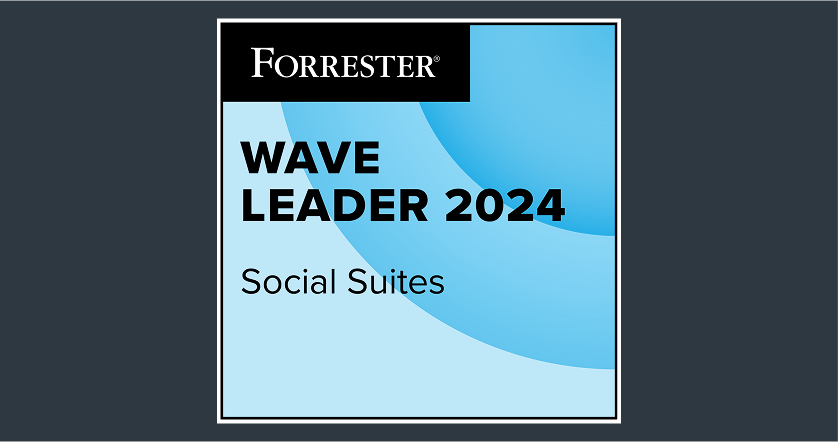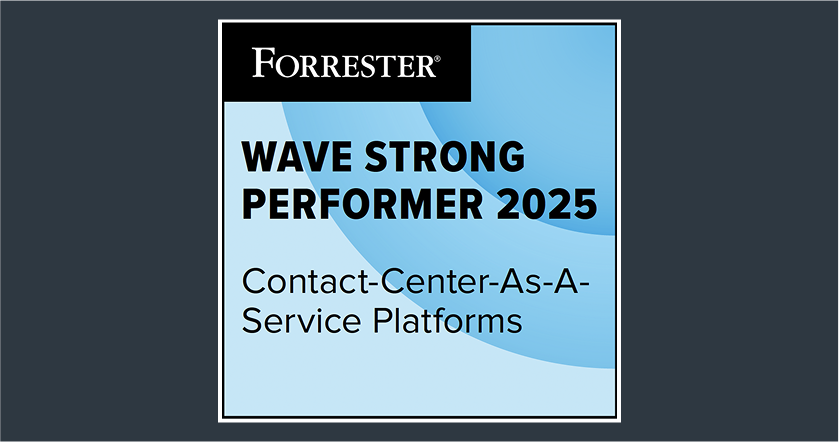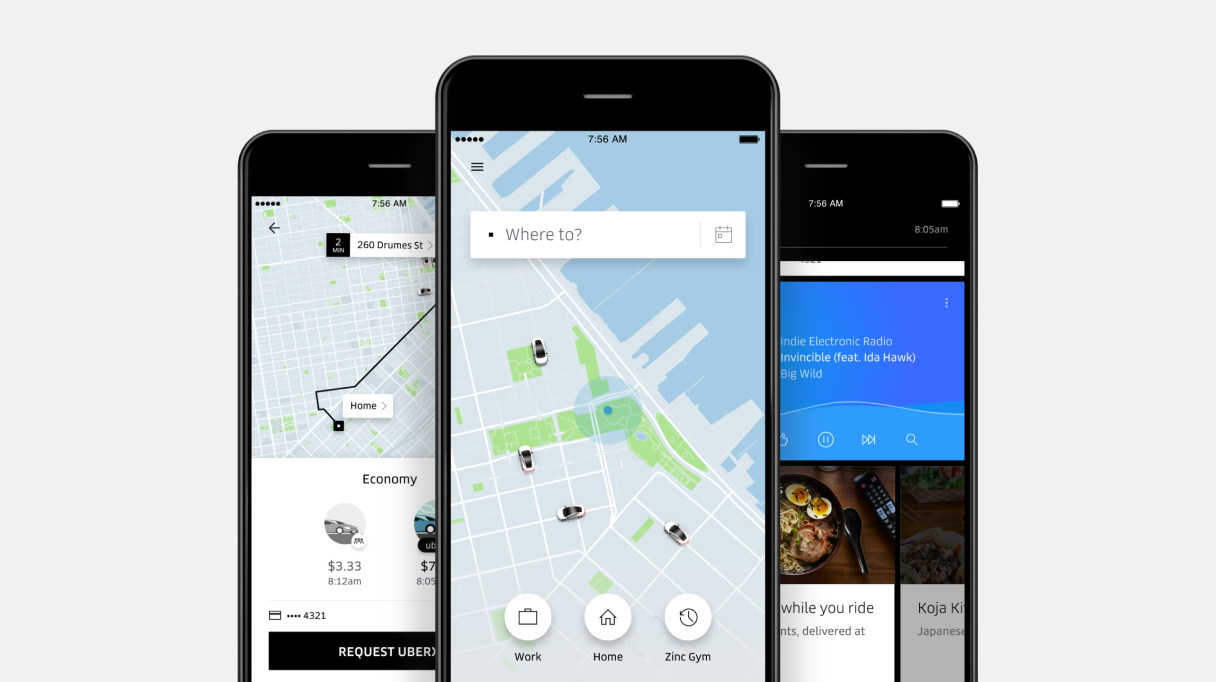- What is lead generation?
- Why lead generation marketing is important?
- How important is the quality of leads?
- What are the different types of leads?
- The lead generation pipeline explained
- What do you need to execute a lead generation campaign?
- Advantages and disadvantages of lead generation
- How Sprinklr ensures the success of your lead generation campaign
What is lead generation?
Lead generation is the process of identifying and cultivating potential customers for a business's products or services. It is a critical aspect of marketing and sales, as it helps your brand build a pipeline of potential customers that can be nurtured and eventually converted into paying customers.
The process of lead generation typically involves various marketing and sales tactics, such as creating targeted content, engaging in social media and email marketing, attending events and conferences, and running advertising campaigns. The goal of these tactics is to capture the attention and interest of potential customers, collect their contact information and begin building a relationship with them.
Once a lead has been captured, you can use various methods to nurture them and move them through the sales funnel. This may include following up with personalized emails, providing relevant content and offering promotions or discounts.
Why lead generation marketing is important?
Lead generation is a crucial aspect of marketing that helps you focus your efforts and avoid wasting advertising budget, and it is important for several reasons:
Builds a pipeline of potential customers: allows you to create a pipeline of potential customers that you can nurture and convert into paying customers. This is especially important for businesses that sell products or services that have a longer sales cycle or require a higher level of trust before the customer makes a purchase.
Helps identify and target ideal customers: you can collect information about your potential customers, such as demographics, interests and behavior. This allows you to create targeted social advertising campaigns and messaging that resonate with your ideal customers.
Increases sales and revenue: by generating more leads and converting them into paying customers, you can increase your sales and revenue. This is especially important for businesses that operate in competitive markets where customer acquisition is key to growth.
Provides valuable insights: provides you with valuable insights about your customers and your marketing efforts. By tracking metrics such as conversion rates, engagement rates and customer behavior, you can make data-driven decisions and optimize your marketing strategies for better results.
How important is the quality of leads?
The quality of leads is very important in lead generation marketing.
Quality leads are those who have a genuine interest in your products or services and are more likely to convert into paying customers. These leads have the potential to be more profitable for your business as they are more likely to make repeat purchases and recommend your business to others.
On the other hand, low-quality leads can be a waste of time and resources. They may have shown some initial interest in your business but may not have the intention or means to make a purchase. Pursuing such leads can drain your marketing budget and take away resources from more valuable leads.
Therefore, it is important to prioritize quality over quantity when it comes to lead generation. By focusing on attracting and nurturing high-quality leads, you can increase your chances of conversion and improve your return on investment (ROI).
What are the different types of leads?
Here are some common types of leads:
Marketing-qualified leads (MQLs) are leads that have shown interest in your brand but may not be ready to make a purchase yet. They have interacted with your content or website but haven't taken significant action, like requesting a demo or contacting your sales team.
Sales-qualified leads (SQLs) are leads that have shown a higher level of interest in your product or service and are closer to making a purchase. They may have requested a demo, filled out a contact form or engaged with a sales representative.
Product-qualified leads (PQLs) are leads that have used or interacted with your product or service and are likely to become paying customers. Examples of PQLs include users who have signed up for a free trial or used a certain feature multiple times.
Service-qualified leads (SQLs) are leads that have expressed interest in your company's services and are closer to becoming paying customers. They may have filled out a form to request a consultation or contacted your service team for more information.
Webinar or event leads are leads that have shown interest in your brand by attending a webinar, event or conference. They have provided their contact information and have shown a level of engagement by participating in the event.
Referral leads are leads that come from a referral source, such as a satisfied customer or partner. They are often highly qualified and have a higher likelihood of converting into paying customers.
The lead generation pipeline explained
The lead generation pipeline is a systematic process of capturing and nurturing potential customers, guiding them through various stages of the sales funnel until they become paying customers. Here are the different stages of the lead generation pipeline:
Awareness Stage: the first stage in the lead generation pipeline, where potential customers become aware of your brand, product or service. At this stage, your target audience may not know much about your company, so your goal is to educate and inform them about your offerings. You can do this through various content marketing tactics such as blog posts, social media posts, videos, infographics and webinars.
Interest Stage: leads have shown some interest in your company's offerings. They may have downloaded a free guide or subscribed to your email list. Your goal at this stage is to keep them engaged and continue providing valuable information that builds trust and credibility.
Consideration Stage: at this stage, leads are actively considering your product or service. They are looking for more information and are open to hearing about your offerings in more detail. Your goal at this stage is to provide more detailed information and answer any questions they may have.
Intent Stage: potential customers are ready to make a purchase decision at this stage. They have evaluated their options and have decided that your product or service is the best fit for their needs. Your goal at this stage is to close the deal and convert the lead into a paying customer.
Purchase Stage: the final stage of the lead generation pipeline, where the potential customer has become a paying customer. Your goal at this stage is to provide excellent customer service and maintain a positive relationship with the customer to encourage repeat business and referrals.
What do you need to execute a lead generation campaign?
First, determine the audience you want to reach through your campaign. Identify their demographics, interests, and pain points, and explain how your product or service can help them. Next, decide on your campaign's goals, such as the number of leads you want to generate, conversion rate and cost per lead.
Once you have identified your target audience and decided on your campaign goals, you will typically need the following to execute a lead generation.
A website or landing page: This is the place where potential leads will come to learn more about your product or service, and where they will fill out a form to provide their contact information.
Lead magnets: These are incentives that you offer to potential leads in exchange for their contact information. Examples of lead magnets include ebooks, webinars, white papers, or free trials.
Call to action (CTA): A call-to-action is a button or link on your website or landing page that prompts potential leads to take an action, such as downloading a lead magnet or filling out a form.
Forms: Forms are typically used to collect information from potential leads, such as their name, email address, and phone number. These forms are usually found on landing pages or within pop-ups.
CRM (Customer Relationship Management) software: CRM software helps you manage and track your leads throughout the sales process. You can use it to store lead information, track interactions with leads, and measure the effectiveness of your lead generation campaigns.
Email marketing tools: Once you have captured the contact information of your leads, you will need a way to communicate with them. Email marketing tools allow you to send targeted messages to your leads and nurture them through the sales process.
Analytics tools: Analytics tools allow you to measure the effectiveness of your lead generation campaigns. You can track metrics such as conversion rates, click-through rates, and bounce rates to determine what is working and what needs to be improved.
Advantages and disadvantages of lead generation
Advantages | Disadvantages |
Cost-effective: Lead generation allows | Requires ongoing effort: It requires ongoing effort |
Builds relationships: Lead generation | May not be immediate: It is a long-term strategy |
Increases conversion rates: Since you | Can be time-consuming: It can be |
Provides valuable data: Lead generation | Quality of leads may vary: The quality of leads |
How Sprinklr ensures the success of your lead generation campaign
Sprinklr ensures the success of your lead generation campaign in several ways.
Sprinklr’s Ads Reporting suite provides an easy way to view your lead generation performance across multiple channels such as Facebook, X, formerly Twitter and LinkedIn. It allows you to report on metrics such as cost per lead and lead rate. Additionally, you can segment reports by demographic, placement, time of day, location and interest.
Sprinklr's Smart Audience tools help you to target potential leads and retarget existing leads. The CRM Integrations allow you to connect your existing customer databases to Sprinklr, enabling you to build custom audiences more easily.
The Segment Manager helps you to build Smart Audiences that update dynamically from your CRM databases and other tools, and the Audience Manager lets you manage all your audiences in one place, upload static custom audiences from excel lists, and integrate custom and smart audiences into standard social media audiences for use in advertising. This makes it easy to retarget your leads while segmenting them.
Finally, Sprinklr can help you gather indirect leads through listening and Profile Lists. By building a Topic to listen for people talking about products similar to yours or major life events that would indicate the need for your products or services, you can use Sprinklr's Rule Engine to place users mentioning these keywords into a Profile List. This list can then be turned into an Audience Segment and used in ads. You can also use this to exclude audiences, such as detractors or people with unresolved care issues around your product.
Frequently Asked Questions
related products
Thank you for contacting us.
A Sprinklr representative will be in touch with you shortly.
Contact us today, and we'll create a customized proposal that addresses your unique business needs.
Request a Demo
Welcome Back,
No need to fill out any forms — you're all set.






